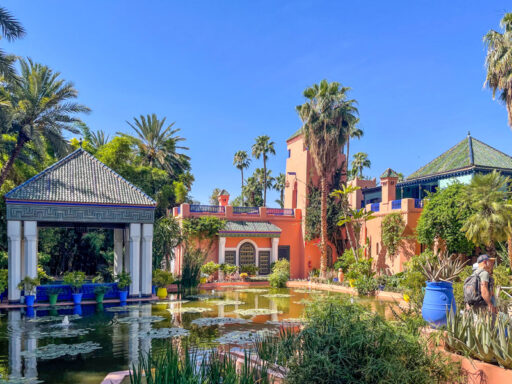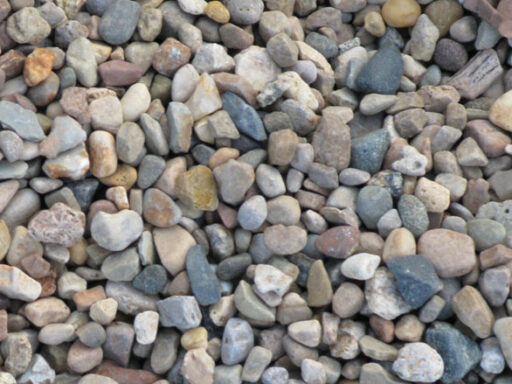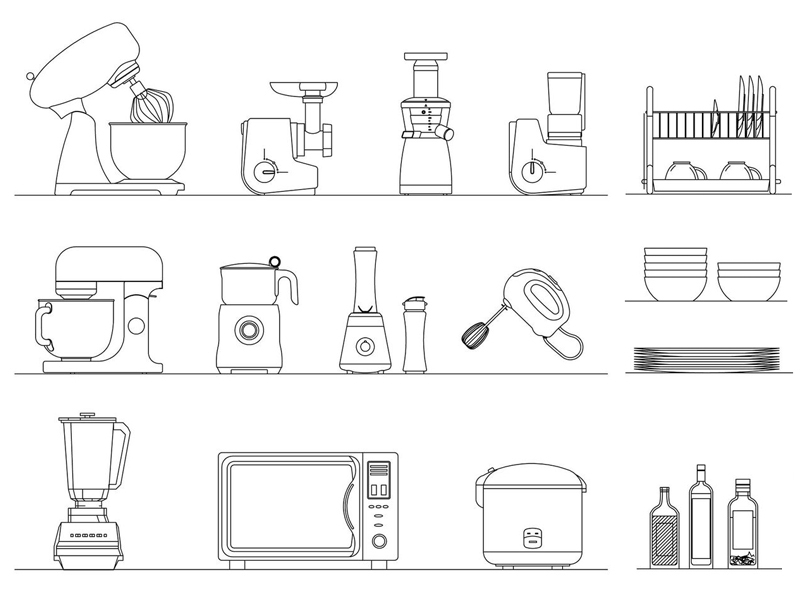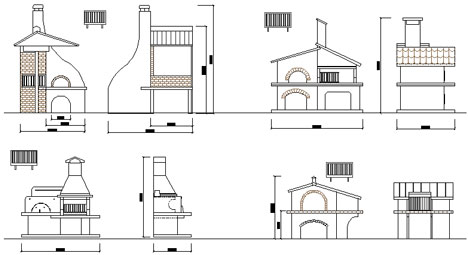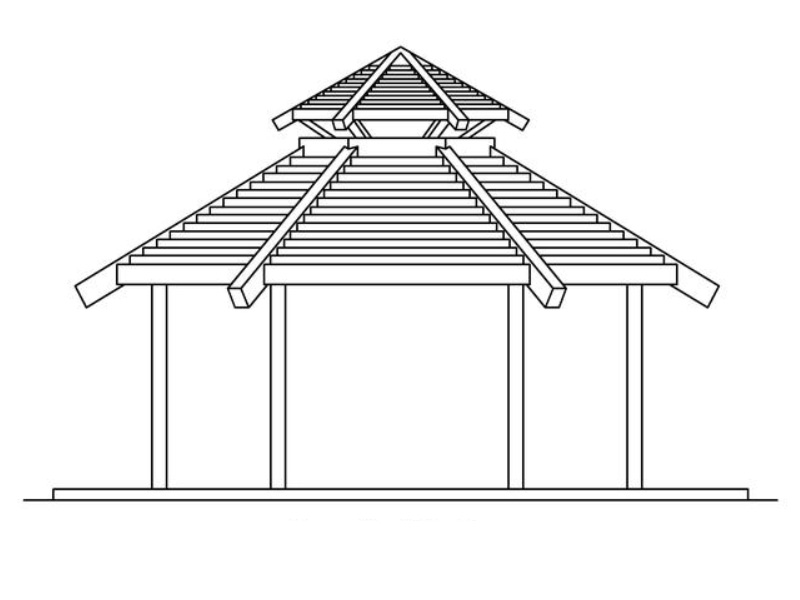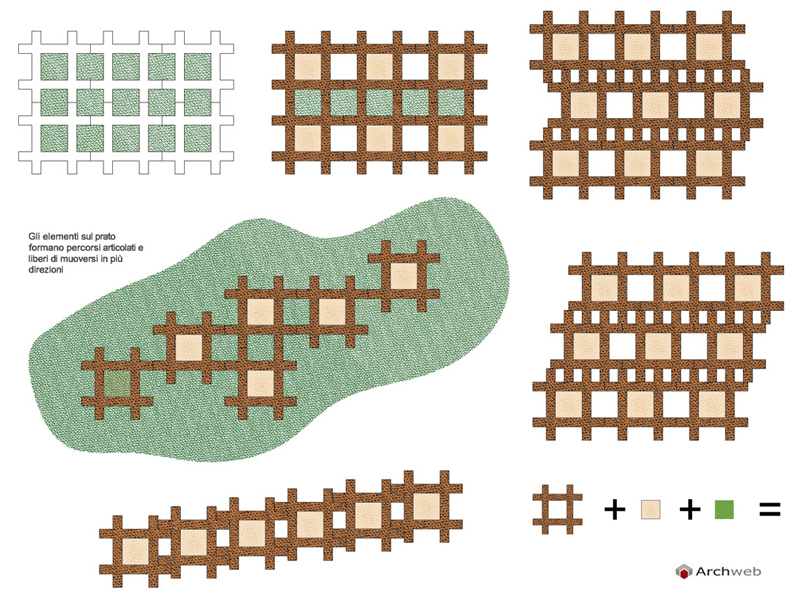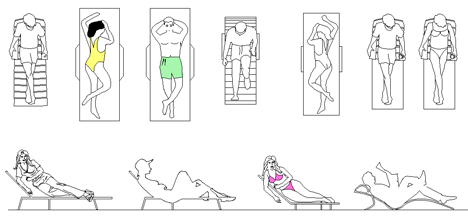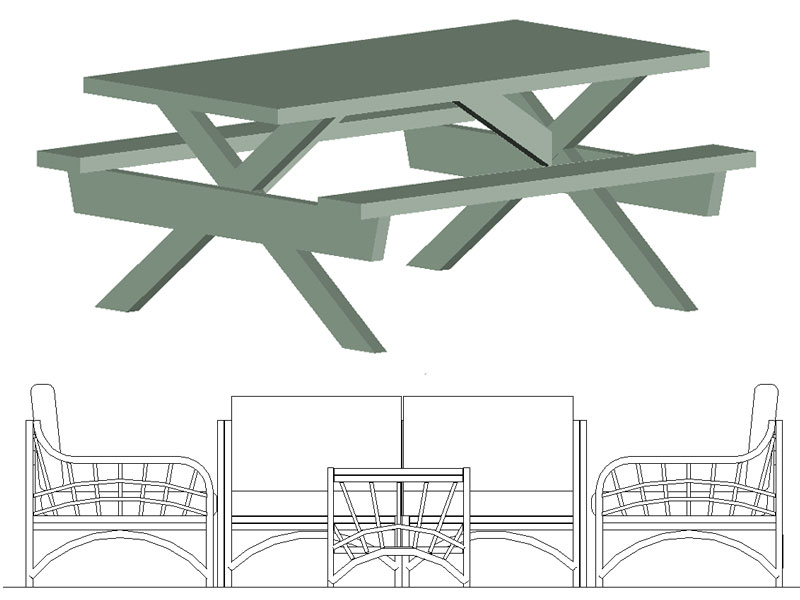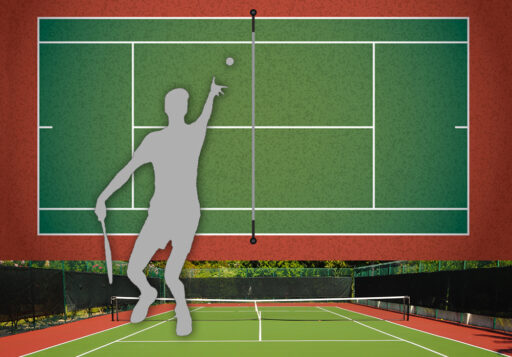Outdoor Cooking
Outdoor kitchens. Totally open air and full optional, outdoor kitchens today are well designed to be in no way inferior to indoor models.

Minimal or super-accessorized, traditional or hi-tech, outdoor cooking are the desire of everyone who owns a garden or terrace.
Outdoor kitchens, are often the desire of those who have the availability of outdoor space. Garden, terrace, but also a balcony of the right size, are sometimes perfect for making an outdoor kitchen.
Totally open air and full optional, outdoor cooking today are well designed to envy nothing of indoor models.
The traditional corner intended for the classic garden barbecue, today is revolutionized, designer, with advanced technologies that make the garden or terrace livable at any time of the year.
Benefits of Outdoor
The garden, terrace and/or balcony are valuable aids to our physical and mental health. Research conducted by the University of Ferrara, highlights the benefits that sunlight has on the human body.
The sun’s rays stimulate certain brain regions by producing serotonin and endorphins, hormones of happiness.
Besides the sun’s rays, also contributing to our well-being are plants. Whether it is a vegetable garden in the backyard, or simple plants on the balcony, being in contact with nature allows us to feel better not only physically, but also emotionally.
The Japanese practice shinrin-yoku ( which literally translates to “bathing in the woods”) states that, immersion in nature reduces blood pressure, stress and promotes creativity.
In fact, not surprisingly, many public buildings (hospitals, churches, universities) include green spaces.
In addition, an open space adjacent to the home, allows one to share everything listed so far, with friends, thus also fostering moments of outdoor collectivity.
Space and functionality
Assessing well the space available for making an outdoor cooking is, clearly, crucial. Large spaces are not necessary; for a basic solution with a cooking area and sink, about 120 cm is required.
But, should the available space allow it, it is good to think about he fundamental and well-connected elements for a respectable outdoor kitchen.
The components of a perfect outdoor kitchen, are:
- Cooking area
- Water point
- Work surface
- Dining area
- Miscellaneous accessories
The outdoor cooking area
The barbecue for years has been a symbol of outdoor cookung. Today, the latter is no longer an isolated element but is often integrated into more complex structures. Modular modules, often come with various containers designed also for storing wood, the gas cylinder or a cellar fridge.
The cooking area should be made of weather-resistant materials, and models with a lid are preferred (also useful for keeping tidy at all times).
It can be equipped with different types of burners or griddle, electric or induction, grill and charcoal barbecue.
It should be remembered that, even if outdoors, cooking food produces smoke. It is necessary ,therefore, to place the cooking area in a position to prevent the fumes from heading toward the convivial area.
For lovers of leavened foods, putting a wooden oven on the terrace or in the garden is often the ideal solution. Classic or modern and designer, it increases the desire to spend time outside.

The outdoor water point
The water point, should obviously be thought of near the kitchenette.
Here again, sink and faucet design today offers a diverse market specifically designed for the outdoors.
Large sinks are preferred, for washing large dishes. People often opt for sinks that can be covered with a sliding top when needed, to protect the sink when not in use.
Recommended materials are definitely stainless steel, stone and ceramic.
The outdoor work plan
Those who cook know how important a countertop is during the preparation of various dishes.
It is preferred to be minimal as well as durable to facilitate cleaning tasks. The materials chosen to make it do, of course, make a difference not only in terms of durability but also aesthetics.
Stainless steel clearly is much more practical, and is often chosen when one is inspired by a more contemporary style.
Conversely, quartz and resins are fine if you want to create a warmer atmosphere. Should you opt for these materials, it is advisable to use them in semi-open spaces sheltered by verandas or pergolas.
Stone and masonry, as well as appropriately treated wood for outdoor use, will instead be chosen to create more rustic spaces.

The outdoor dining area
Whether you eat alone or with company, ensuring a space where you can enjoy what you have cooked, in total relaxation, is the true purpose of an outdoor kitchen.
By choosing materials that can be well matched with the kitchenette and countertop, it is possible to create an environment with the right harmony.
Textiles, as well as tableware chosen in the right color palette constitute the details that will complete the outdoor scene.
Considering the situation around the building, and thus assessing not only sun exposure but also privacy, curtains and/or shading should also be provided to ensure proper comfort.

Accessories
Although the concept of outdoors generally makes one think of situations where one has to “make do,” outdoor kitchens today are increasingly complete. If the necessary connections (electricity, water, gas, sewer) are provided, it is possible to have all the accessories one needs. Refrigerator ( or mini fridge), dishwasher, and much more to provide comfort and equipment equivalent to those indoors.
If space allows, creating a living area will certainly entice the individual to spend quality time outdoors, while not straying far from home.
Sofas, coffee tables, soft cushions, and everything else needed to ensure relaxation.
Often, especially in Nordic countries, you can also find braziers in these outdoor living areas.
Braziers, are highly versatile appliances. In winter, in fact, they are used for heating but not only. Braziers, become focal point around which to gather and enjoy the outdoors despite the low temperatures.
In summer, however, they are used for cooking or as decorative elements.
This element today, too, has undergone many evolutions, becoming an element in addition to being functional, of not indifferent furniture and design.
It in fact, enriches the outdoor scene on its minimal but elegant styles.
Often, the brazier is also used as a lighting point, when you want to create a more private and cozy atmosphere.
Lighting for outdoor spaces
Lighting, should not be left to chance. Exactly as in indoor kitchens, also for outdoor kitchens,it is good to design it according to different areas.
Mixing various types of light sources is the ideal solution. Combining wall lights, pendant lights, lanterns, light garlands and candles definitely creates a cozy and harmonious atmosphere. Lights tending toward warm white or neutral, between 2700K and 4000K are the most popular.

Conclusion
In conclusion, whether it is small and practical in the balcony or extends across the terrace on the top floor of a condominium or ,again, whether it is luxurious and design immersed in a large garden, the outdoor kitchen becomes an extension of the home and allows you to revolutionize the concept of outdoor living.

Cover photo is by Image Supply at Depositphotos.com


































